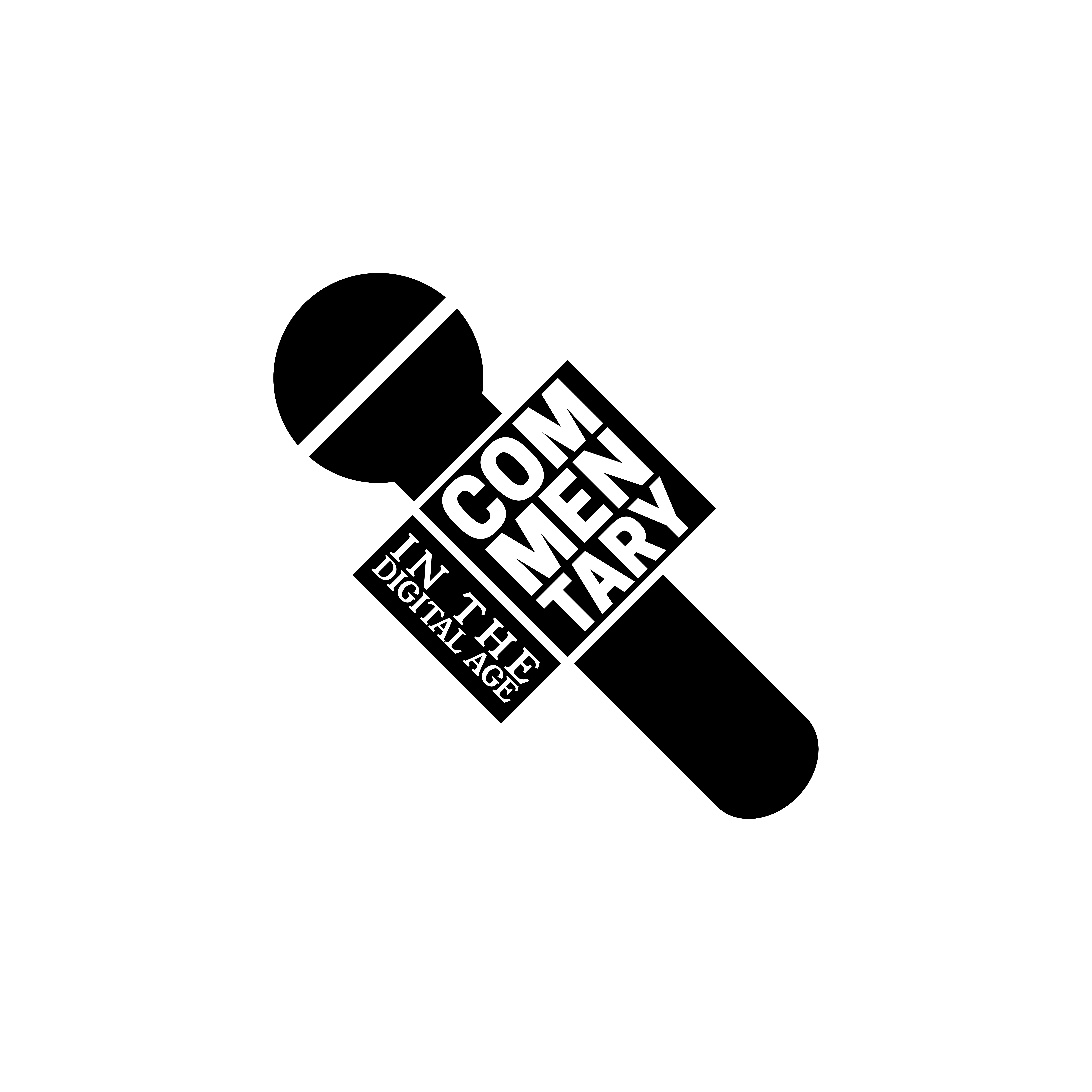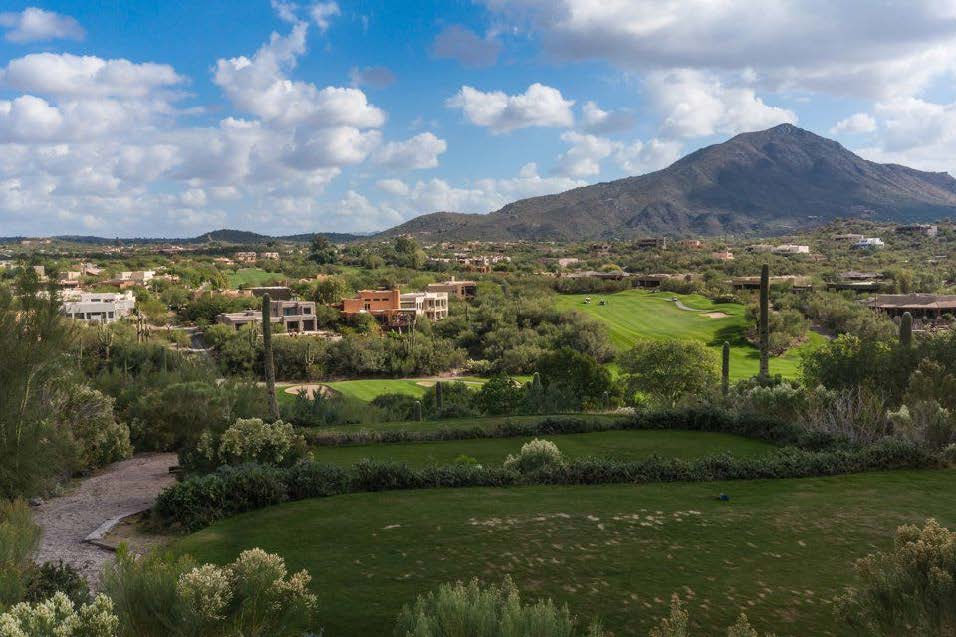PHOENIX — The city of Phoenix has long been hailed as the ‘Mecca’ of the golfing world. With its year-round sunshine and over 200 courses in the city or its surrounding townships, it’s hard not to see why.
But it isn’t the prestige of the private, less-affordable, more exclusive courses that have earned the Valley of the Sun this reputable moniker. No, it’s not the undulating greens at TPC Scottsdale, and no, it’s not the knee-high grass in the rough at Ak-Chin, which would challenge the accuracy of the best golfers in the world. It’s the munis that tie this whole thing together.
For those of you who don’t know or aren’t familiar with golf terminology, the term “muni” refers to the municipal golf courses that are open to the public and are utilized by a diversity of people, from big to small, and young to old. The munis are where everyone is welcomed, and where the game of golf truly tells its tale in this growing western city.
Muni courses are traditionally much cheaper to play than private or semi-private golf tracks. They’re generally less restrictive with who they’ll accept and what you can wear, with few exceptions to the rule. And that’s largely why these golf courses are the backbone of golf’s incredible presence here in the valley.
Phoenix has eight municipal golf courses in the city: Papago, Encanto 18, Encanto 9, Aguila 18, Aguila 9, Palo Verde, GCU and Cave Creek. They each offer a variety of challenges and layouts that present more than the necessary degree of difficulty for a course to be considered “tough.”
One of the best parts about playing these courses — of course, other than the fact that you’re able to wear a t-shirt and not be chased down by a cantankerous starter asking why you’re not wearing a $150 golf polo — is the fact that, to play here, it won’t cost you an arm and a leg.
Green fees for some of the more prestigious public courses in the state can range up to more than $400 per round, sometimes even more (TPC Scottsdale charges up to $550). If you look at it through the lens of a four-hour pace of play, you’re paying over $100 per hour just to be standing on their grass. If I’m paying anybody $100 per hour, they better be getting me out of a parking ticket or cleaning my teeth. Needless to say, that’s not what they offer you upon receipt of your transaction.
Many suggest that, to avoid paying the egregious costs required to play certain courses in the valley, people should plan on limiting their tee times to “off hours” or “middle of the week” rounds. But who the hell has time to golf at 3:00 p.m. on a Wednesday? And is that really the only option?
Not if you’re playing the munis. Sure, the munis tend to have a reputation of being “less competitive,” or “less attractive” than the more expensive courses, but their rates are generally capped at a value less than $100 for the round, no matter what time or day you play.
If it weren’t for the munis, Phoenix wouldn’t be able to support nearly as many golfers as it does traditionally. Although they don’t produce as much of an impact on the over $6 billion in economic activity the industry contributed to Phoenix in 2021, they offer an opportunity for golfers of every shape, size and background to work on their game and get involved with one of the city’s most popular pastimes.
Golf is a sport that has long been known as one designated for wealthy or upper-class citizens, but the munis here are the biggest contradiction to that sentiment. They continue to prove their usefulness as our economy continues to ebb and flow, and inflation continues to rise.
But this isn’t just my opinion. The topic of price hikes has been widely discussed online across golf-related forums and social media. One user said that course fees have experienced a “nearly 100% hike” since he began playing golf in Phoenix. “This isn’t just one course, it’s almost all of them down this way,” he said.
Another spoke specifically of Phoenix rates during the winter months, when the city gears up for its annual PGA tournament, the WM Phoenix Open. “Phoenix area golf is getting out of control with price hikes. The weeks on February around WM basically force all residents off the course as the average course will be the price of Spanish Bay. The good ones are more than Pebble (Beach),” he responded on The Hackers Paradise.
As I mentioned earlier in this article, it’s not just the prices of these courses that prove their insignificance to the golfing community, it’s their restrictive dress codes and policies as well. According to the Ultimate Golfers’ Spending Survey, the average golfer already spends between $1,000 to $5,000 on golf equipment every year.
For a sport that already demands so much financial investment just to play the game with the right number of clubs, it’s not always realistic that the average American can also afford an extra few hundred bucks just to wear the right collar and pants.
Golf is simply part of Phoenix’s image. It has been since the 1930s, when the city created and hosted the first Phoenix Open, which was shortly renamed the Waste Management Phoenix Open in 1939 after it had been discontinued for several years in the middle of the decade. Unfortunately, the city’s calling card has also become synonymous with price hiking and overcharging.
That’s why our munis save us. Sure, they may not be as world-renowned as some of the more esteemed courses, like Silverleaf or Whisper Rock (which charge a $400,000 and $130,000 initiation fee, respectively), but that’s not their purpose.
Their purpose is to grow the game of golf within the city, and without them, I fear that the sport will only become even more exclusive to upper-class individuals than it ever has before.


